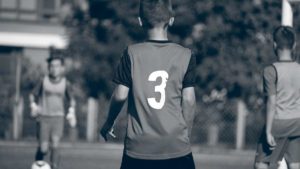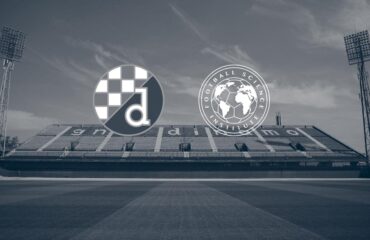Introduction:
Groin injuries are one of the most frequent types of injuries among soccer players. Only a limited number of works have investigated kicking mechanics of adolescent soccer players while no study has compared soccer kicking or passing mechanics between adults and younger players. In fact, passing is the most frequently performed action during soccer play. Potential alterations from the adult kinematics or kinetics in combination with changes in the anthropometrics could increase the load on the musculoskeletal structures of the groin area, hinting at reasons for the abrupt increase in injury incidence during adolescence.
Purpose:
The purpose of this study was to compare the hip joint kinematics and calculated muscle forces of adductor longus and gracilis between four different age groups of soccer players performing soccer inside passing.
Method:
16 participants, in four groups (U12, U15, U16, U23) were analyzed. A Footbonaut, equipped with a 3D motion capture system consisting of 16 cameras, was used to capture kinematic data of short passes. Inverse dynamic analysis was performed to calculate muscle forces of ten passes of each subject.
Results:
- The U15 group showed reduced angular velocities.
- A rise in hip adductor muscle forces was evident from the youngest group up to the oldest groups. The largest increase (49%) was found between U12 and U15.
- Lower limb mass was identified as the best predictor for the increasing adductor force.
Table 3. Results of the linear regression analysis using the anthropometric parameters as predictive variables for the calculated muscle forces.

Take home messages:
- Soccer academies they should take into account rapid increases in order to prevent the occurrence of overuse injuries (i.e. lower limb mass as an indicator).
- Simple movement/training such as the Copenhagen Adduction Exercise could be an appropriate option to adapt the adductor muscles to repeated submaximal effort (i.e. passing).





